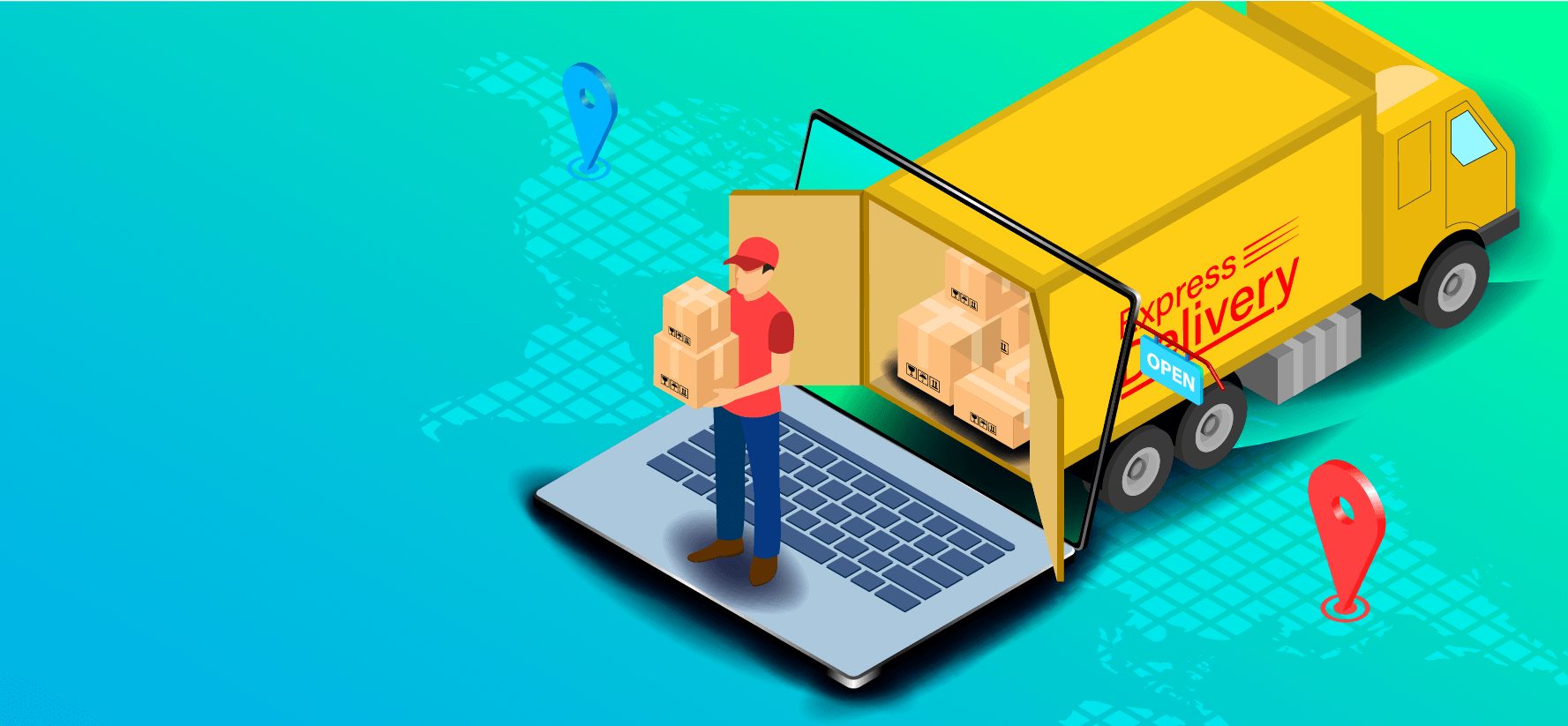Not too long ago, most of us were going in and out of the office, having one too many meetings, and commuting for a couple of hours to get to a building where we did about the same thing we could have done from the comfort of our homes.
I mean, yes, you could probably say remote work was already “a thing” back in 2019 and yes, it technically was, for a select few, within a very small group of companies that dared to venture out of their comfort zone.
According to a study made by Global Workplace Analytics, in 2018, only 3.2% of the American workforce used to work remotely and another study conducted by Owl Labs showed that small businesses and start-ups were twice as likely to hire full-time remote workers.
Then came 2020 and everything changed. Suddenly zoom became a noun, the watercooler at the office became a life-threatening hazard and NFTs became a thing (sort of).
There were some positive changes. Companies that used to have an all-in-office philosophy realized the positive effects of having a full-time or a hybrid remote workforce once the pandemic reaches its inevitable end.
Karin Kimbrough Chief Economist at LinkedIn recently said “We’re seeing a huge increase in demand for remote work on our platform, one that will have a significant long-term impact on the labor market. Globally, we’re seeing four times the number of jobs that offer remote work since March. We also see that trend reflected from jobseekers: the volume of job searches using the ‘Remote’ filter on LinkedIn has increased ~60% since the beginning of March, and the share of Remote Job Applications has increased nearly 2.5 times globally from March.”
In other words, the pandemic has managed to break the cultural and technological barriers that prevented by-the-book corporations to even consider the possibility of going remote.
With that in mind, companies now face another pressing issue; adjusting to a new kind of work environment while keeping everything that made the old one attractive for highly skilled workers. This means corporations that used to own colossal, expensive buildings in some of the most coveted places in town will now have to manage and optimize a multinational, multilingual, diverse, and distant workforce with a completely new set of demands.
 As with all new things, nobody can completely claim they have the know-how to make it happen, but some businesses are starting to realize this could very well be the dawn of a new and profitable business venture.
As with all new things, nobody can completely claim they have the know-how to make it happen, but some businesses are starting to realize this could very well be the dawn of a new and profitable business venture.
One of the most challenging aspects of the new “everywhere workforce” has to do with providing the right logistics and IT services. Two things that used to run in separate tracks, probably because shipping something and dealing with the details of that said thing were to entirely different businesses.
This niche will likely bring the dawn of a new type of business model designed for corporations seeking to expand and transform the way they hire, optimize and supply their staff without changing the fundamental way they do business. I call it “Delivery as a Service”.
An all full-scale solution to both technical and delivery issues that allows a business to hire anyone on earth without having to worry about technical, logistics, or scalability issues. A one-stop shop for hiring wherever, whoever, and whenever.
This trend is still flying under the radar since most companies are still debating about what kanban-style platform provides less frustration. But when the dust settles, the issue of how to manage an entirely new working environment will be the subject of many, many, board meetings.
In short, whether it’s five, three, or two days a week, the “everywhere workforce” is not going anywhere. So we better be prepared for it.
I mean, yes, you could probably say remote work was already “a thing” back in 2019 and yes, it technically was, for a select few, within a very small group of companies that dared to venture out of their comfort zone.
According to a study made by Global Workplace Analytics, in 2018, only 3.2% of the American workforce used to work remotely and another study conducted by Owl Labs showed that small businesses and start-ups were twice as likely to hire full-time remote workers.
Then came 2020 and everything changed. Suddenly zoom became a noun, the watercooler at the office became a life-threatening hazard and NFTs became a thing (sort of).
There were some positive changes. Companies that used to have an all-in-office philosophy realized the positive effects of having a full-time or a hybrid remote workforce once the pandemic reaches its inevitable end.
Karin Kimbrough Chief Economist at LinkedIn recently said “We’re seeing a huge increase in demand for remote work on our platform, one that will have a significant long-term impact on the labor market. Globally, we’re seeing four times the number of jobs that offer remote work since March. We also see that trend reflected from jobseekers: the volume of job searches using the ‘Remote’ filter on LinkedIn has increased ~60% since the beginning of March, and the share of Remote Job Applications has increased nearly 2.5 times globally from March.”
In other words, the pandemic has managed to break the cultural and technological barriers that prevented by-the-book corporations to even consider the possibility of going remote.
With that in mind, companies now face another pressing issue; adjusting to a new kind of work environment while keeping everything that made the old one attractive for highly skilled workers. This means corporations that used to own colossal, expensive buildings in some of the most coveted places in town will now have to manage and optimize a multinational, multilingual, diverse, and distant workforce with a completely new set of demands.
 As with all new things, nobody can completely claim they have the know-how to make it happen, but some businesses are starting to realize this could very well be the dawn of a new and profitable business venture.
As with all new things, nobody can completely claim they have the know-how to make it happen, but some businesses are starting to realize this could very well be the dawn of a new and profitable business venture.One of the most challenging aspects of the new “everywhere workforce” has to do with providing the right logistics and IT services. Two things that used to run in separate tracks, probably because shipping something and dealing with the details of that said thing were to entirely different businesses.
This niche will likely bring the dawn of a new type of business model designed for corporations seeking to expand and transform the way they hire, optimize and supply their staff without changing the fundamental way they do business. I call it “Delivery as a Service”.
An all full-scale solution to both technical and delivery issues that allows a business to hire anyone on earth without having to worry about technical, logistics, or scalability issues. A one-stop shop for hiring wherever, whoever, and whenever.
This trend is still flying under the radar since most companies are still debating about what kanban-style platform provides less frustration. But when the dust settles, the issue of how to manage an entirely new working environment will be the subject of many, many, board meetings.
In short, whether it’s five, three, or two days a week, the “everywhere workforce” is not going anywhere. So we better be prepared for it.



